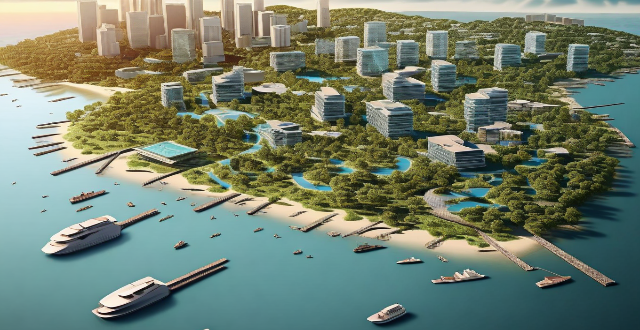Achieving climate justice, which aims to distribute the benefits and burdens of climate change fairly, faces numerous challenges. These include a lack of political will due to industry lobbying and complacency; economic disparities between developed and developing nations as well as intergenerational equity concerns; insufficient funding for adaptation and mitigation efforts; technological and infrastructure limitations in scaling up clean technologies; social and cultural resistance to change; an information and education gap leading to misinformation and poor decision-making; legal and policy barriers such as weak legislation and difficulties in international cooperation; natural resource extraction pressures from fossil fuels and deforestation; population growth and urbanization increasing consumption patterns and creating urban heat islands; and uncertainty and risk perception issues where scientific uncertainties and risk downplaying can delay action. Addressing these challenges requires a comprehensive approach involving robust policy frameworks, increased public awareness, enhanced international collaboration, and investments in equitable and sustainable solutions.

Challenges to Achieving Climate Justice
Achieving climate justice, which involves ensuring that the benefits and burdens of climate change are distributed fairly across different groups of people, is a complex and multifaceted challenge. Here are some of the key obstacles:
1. Lack of Political Will
- Complacency: Many governments prioritize short-term economic gains over long-term environmental stability.
- Lobbying Power: Powerful industries often influence policy decisions to protect their interests at the expense of the environment.
2. Economic Disparities
- Developed vs. Developing Nations: Wealthier nations have greater resources to adapt and mitigate climate change, while poorer nations bear a disproportionate share of the impacts.
- Intergenerational Equity: Future generations will inherit the consequences of our actions, yet they have no voice in current policy decisions.
3. Insufficient Funding for Adaptation and Mitigation
- Underfunded Initiatives: Programs aimed at addressing climate change often lack adequate financial support.
- Diverted Funds: Resources meant for climate action are sometimes redirected to other areas due to competing priorities.
4. Technological and Infrastructure Limitations
- Scaling Up: Even with promising technologies, scaling up to a global level can be daunting.
- Accessibility: Not all regions have equal access to clean technology or the infrastructure needed to implement it.
5. Social and Cultural Resistance
- Change Aversion: Humans are naturally resistant to change, especially when it comes to lifestyle habits and economic systems.
- Cultural Practices: Some cultural practices may conflict with efforts to reduce carbon footprints or adopt new technologies.
6. Information and Education Gap
- Misinformation: Misleading information about climate change can hinder public understanding and action.
- Education Disparity: Without proper education on climate issues, it's difficult for individuals to make informed decisions.
7. Legal and Policy Barriers
- Weak Legislation: Laws may not be strong enough to compel meaningful action on climate change.
- International Cooperation: Coordinating internationally can be challenging due to differing national interests and priorities.
8. Natural Resource Extraction Pressures
- Fossil Fuels: The continued reliance on fossil fuels poses a significant obstacle to transitioning to renewable energy sources.
- Deforestation: Trees play a crucial role in absorbing CO2; however, deforestation for agricultural or commercial purposes undermines this capacity.
9. Population Growth and Urbanization
- Increased Consumption: A growing population leads to increased consumption patterns, exacerbating environmental stress.
- Urban Heat Islands: Urbanization can create heat islands, intensifying the effects of climate change in urban areas.
10. Uncertainty and Risk Perception
- Scientific Uncertainty: Despite consensus among scientists, uncertainties in climate modeling can be used by skeptics to delay action.
- Risk Downplaying: People tend to underestimate risks that feel distant or unlikely, leading to complacency regarding climate change.
Overcoming these challenges requires a multifaceted approach that includes strengthening policy frameworks, enhancing public awareness, fostering international cooperation, and investing in innovative solutions that are both socially equitable and environmentally sustainable.